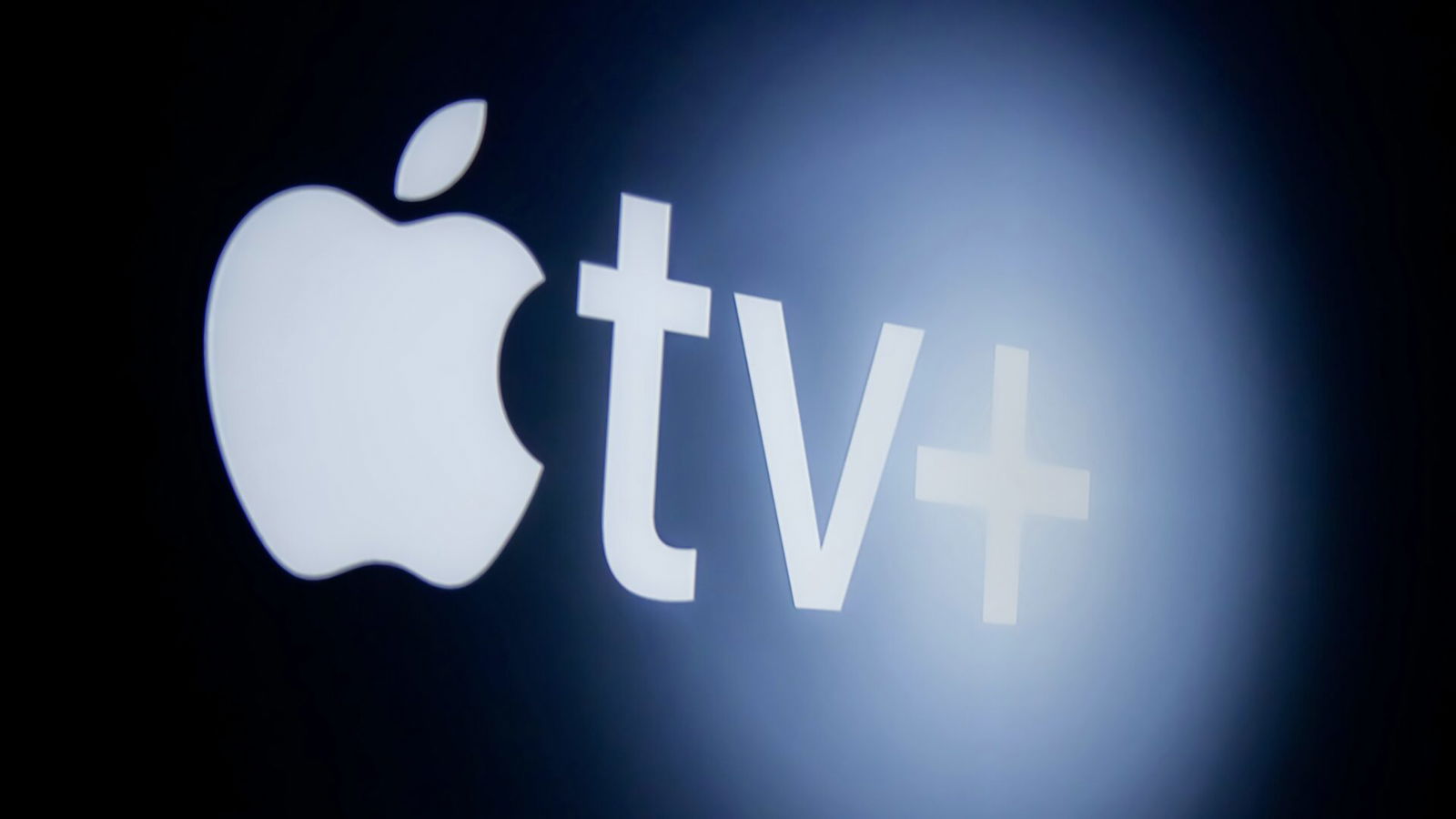
Just How Much Did Apple Lose on Apple TV+?
- 26.03.2025 02:04
- movieguide.org
- Keywords: Success, Success
Apple lost $1 billion annually on Apple TV+, spending over $5 billion since its 2019 launch, while cutting costs by $500 million in 2024. Despite this, Apple's other services like Apple Music and App Store help offset losses, giving it an edge over traditional networks struggling with streaming. Hit shows like SEVERANCE boost the platform, but its 25 million subscribers trail Netflix's 277 million, raising questions about sustainability.